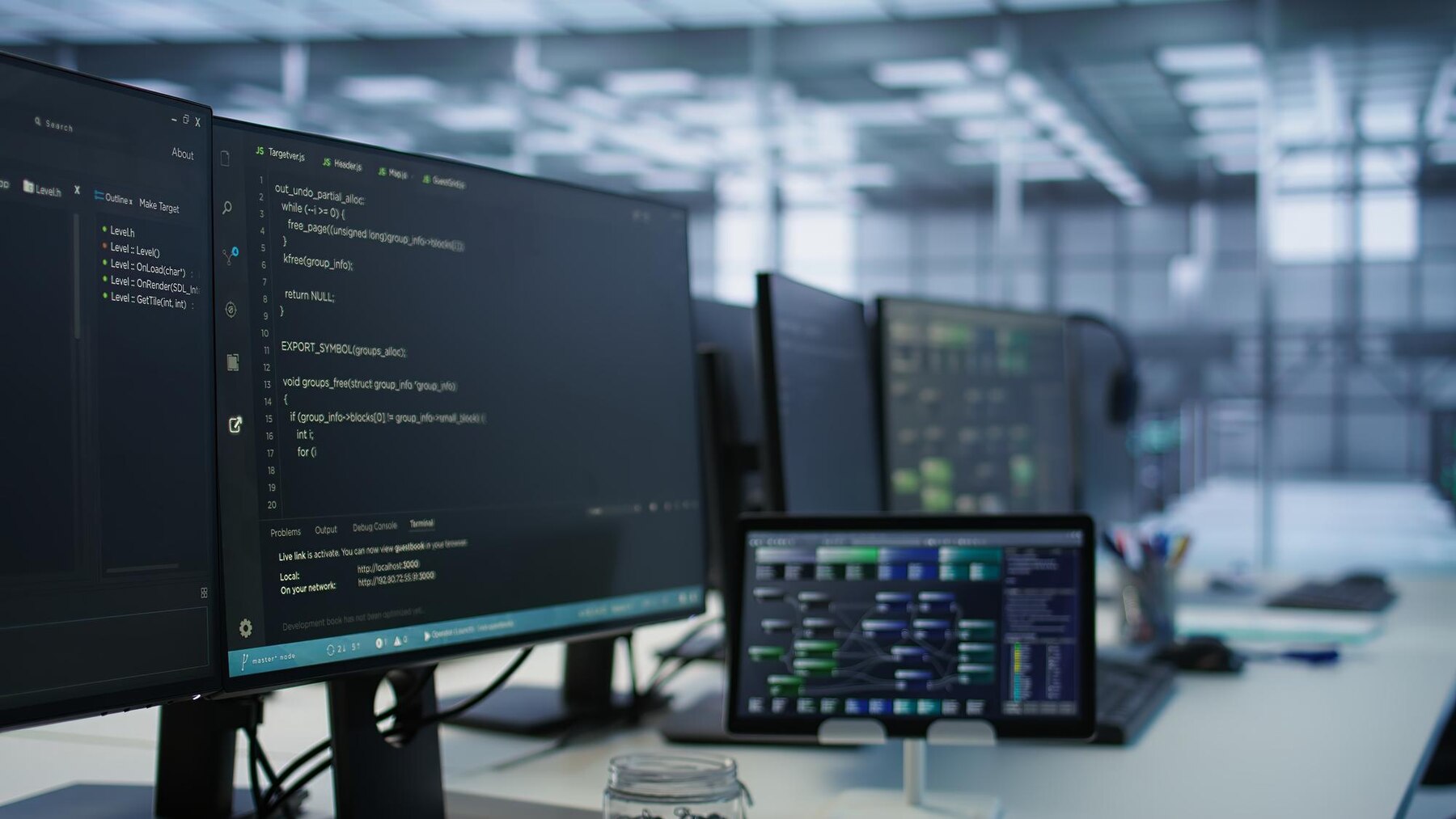Automatic manufacturing is changing how we create, design, and distribute products. According to McKinsey, industrial companies are set to allocate 25% of their capital spending to automation over the next five years, highlighting the strategic importance of automation in future operations. As businesses across the world face tighter deadlines and growing demands, turning to automation has become not just an advantage, but a necessity.
The what and why of automatic manufacturing
Automatic manufacturing refers to the use of technology to control and optimize production processes with minimal human input. Think of machines that can make decisions in real time, robots that assemble products without rest, and systems that adapt to demand instantly.
Its growing relevance today comes from the need for consistent quality, lower operational costs, and faster time-to-market. According to McKinsey, nearly half of all companies are leveraging cloud and edge computing to make their operations more scalable and responsive. Combined with AI, connectivity, and cybersecurity improvements, automation is enabling smarter, more resilient factories. It’s becoming essential to stay competitive in fast-changing and is no longer just an efficiency boost.
Key technologies powering automatic manufacturing
Automatic manufacturing wouldn’t be possible without a set of powerful digital technologies working together.
Cloud computing is one of the foundational pillars. It provides the flexible infrastructure required to run advanced applications without the heavy burden of on-site servers. As BuzzClan highlights, it allows manufacturers to scale operations easily, store vast amounts of data, and access real-time analytics.
Artificial intelligence and machine learning add a layer of intelligence to systems. They help predict failures, optimize maintenance schedules, and even improve product quality over time through continuous learning. Forrester adds that AI agents are now capable of executing complex tasks without supervision.
Edge computing brings data processing closer to the machines themselves. That reduces latency and ensures critical decisions are made instantly on the factory floor.

- IoT devices link all machines and systems together, creating a network of interconnected components that can communicate, monitor performance, and detect anomalies.
- Cybersecurity remains a critical component, protecting this complex digital ecosystem from cyber threats and ensuring operational continuity.
- Together, these technologies create an agile, intelligent manufacturing environment that can evolve continuously.
How industries are using automatic manufacturing
Across sectors, automation is already reshaping operations. In electronics, robotic arms powered by AI assemble intricate parts at a speed and precision humans can’t match. In the automotive sector, companies rely on ERP systems to coordinate supply chains automatically, reducing human error and delays. Healthcare manufacturers are using predictive analytics to manage their production lines, cut waste, and respond to fluctuating demand quickly.
Quixy reports that robotic process automation (RPA) is helping companies streamline administrative and repetitive tasks, freeing up their workforce to focus on innovation. Cloud-based platforms are also playing a key role in enabling remote work and facilitating on-demand production models.
These real-world applications demonstrate that automatic manufacturing is already here and delivering measurable value.
Common challenges in adopting automation
Despite its clear benefits, automatic manufacturing also presents several challenges, especially for companies transitioning from traditional systems.
Cost is one of the biggest concerns. Initial investments in robotics, AI systems, and infrastructure upgrades can be significant. Beyond the financial aspect, there’s the human factor: some employees resist new technologies due to fear of job displacement or lack of training.
Another challenge is complexity. Integrating new systems with existing tools like ERP or CRM platforms requires careful planning and specialized knowledge. According to Deloitte, many businesses are struggling to connect their tech investments directly to ROI.
Security is also a pressing issue. Automated systems are connected, making them vulnerable to cyber attacks if not properly protected.
“The biggest ROI comes not from flashy tech but from aligning digital investments with strategic outcomes.” — Deloitte
What the future holds
As digital tools continue to evolve, so will the scope and potential of automatic manufacturing.
Quantum computing could accelerate simulations and process optimization. AI agents might soon handle entire production cycles (from resource allocation to quality control) without needing human intervention. Cloud platforms will become even more intelligent and customizable, adapting to the unique needs of each factory.
Forrester also points to the role of edge intelligence and advanced security as game changers for automated environments.
We’re likely to see:
Smarter predictive systems that reduce waste and improve uptime
Customization becoming the norm even in mass production
A push for sustainability through energy-optimized automation
The future of manufacturing isn’t just fast. It’s smart, flexible, and deeply integrated.
Automatic manufacturing is not just about machines replacing people. It’s about using digital technology to work smarter, faster, and more efficiently. With tools like AI, cloud computing, and IoT, businesses are building more resilient operations that can quickly adapt to changing markets.
Got a Manufacturing Business?
Related Articles

AI Agents Explained in Simple Terms
Discover what AI agents are, how they work, and why intelligent agents are reshaping automation across industries.

AI Solutions for HR That Transform Hiring and Retention
AI solutions for HR are transforming hiring and retention with faster recruitment, better cultural fit, and lower turnover rates.

Cross-Chain dApps Are Shaping Web3
Cross-chain dApps are shaping Web3 by streamlining UX, improving contract monitoring, and bridging fragmented blockchain ecosystems.
